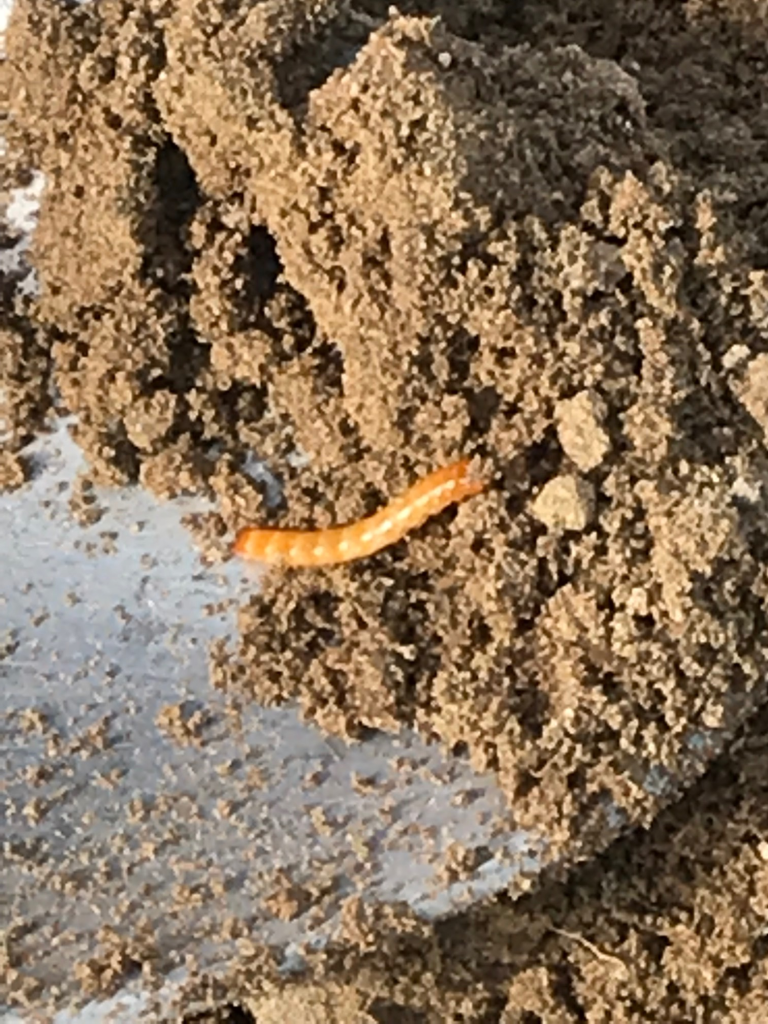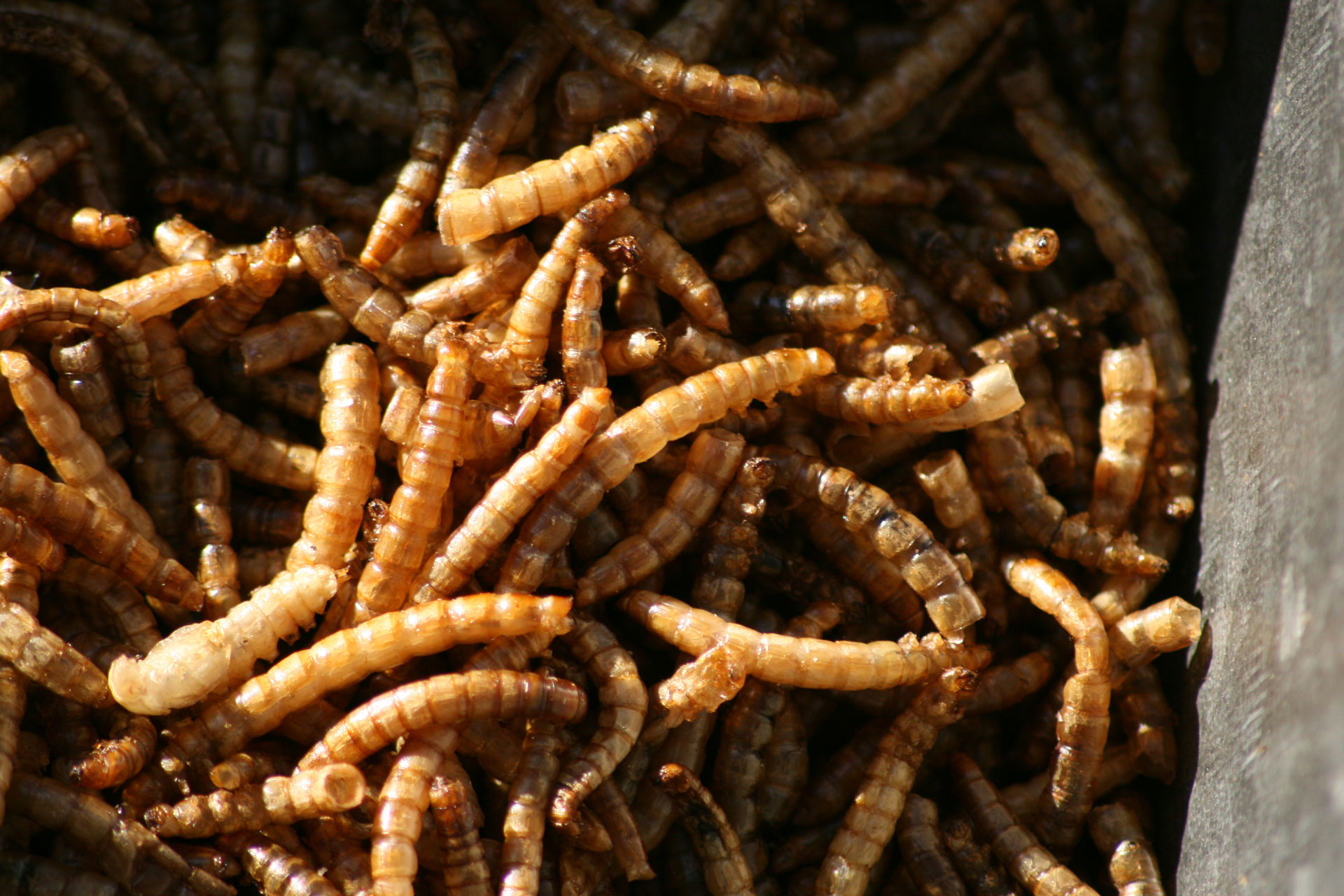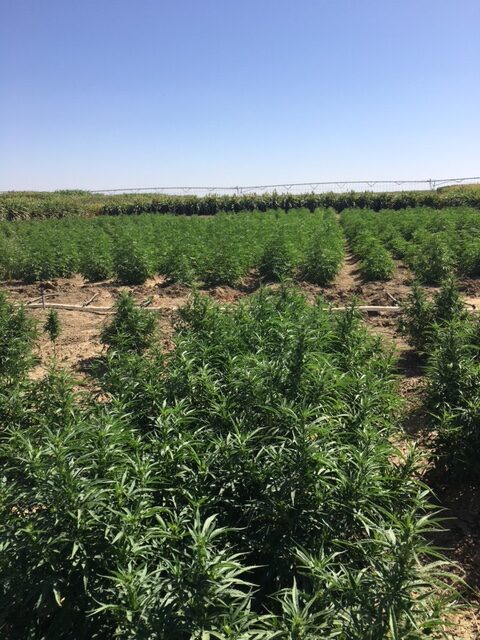
According to results from a 2019 UC Cooperative Extension survey of cannabis growers, there are 14 different insect pests, 13 diseases and nine vertebrate pests that pose a challenge to growers. As for the most common diseases and insects, California growers reported concerns with powdery mildew, mites, thrips and aphids.
In the Pacific Northwest, growers often battle mold, along with the resulting bud rot. Caterpillars and aphids are some of the most troublesome insect pests.
Cross-pollination has also become a serious issue for hemp growers across the country.
Expecting the best but planning for the worst is a good way to meet many hemp growing challenges head on. Planning ahead may involve helping educate other growers, mulling over the possibility of moving growing operations under cover, and being willing to sacrifice a few badly infested or infected plants for the good of the entire crop.
Insect Pests
Caterpillars and Worms: Many types of moth and butterfly larvae adore hemp plants. They tunnel down into hemp flower buds, eating out the centers and leaving behind copious amounts of caterpillar feces, which James Knox said creates mold. Knox is the owner of KLR Farms, a multi-state business that commercially breeds and sells feminized hemp plants and seed.
Caterpillars and worms are tough to control, although applications of DiPelâ are effective if applied when the larvae are small, according to Silvia Rondon, Oregon State Extension Entomology Specialist and Researcher. DiPelâ is a biological insecticide containing the natural microorganism Bacillus thuringiensis subspecies kurstaki (Btk).
“Cutworms or armyworms may attack young plants soon after planting,” Rondon said. “Corn earworms can move into flowers. Wireworms attack the plant roots and can kill the entire plant.”
There are naturally occurring parasitic wasps that can control worms, Rondon said, adding that the wasps prefer mild weather—not too hot, nor too cold. “They have to have a perfect range to be successful.”
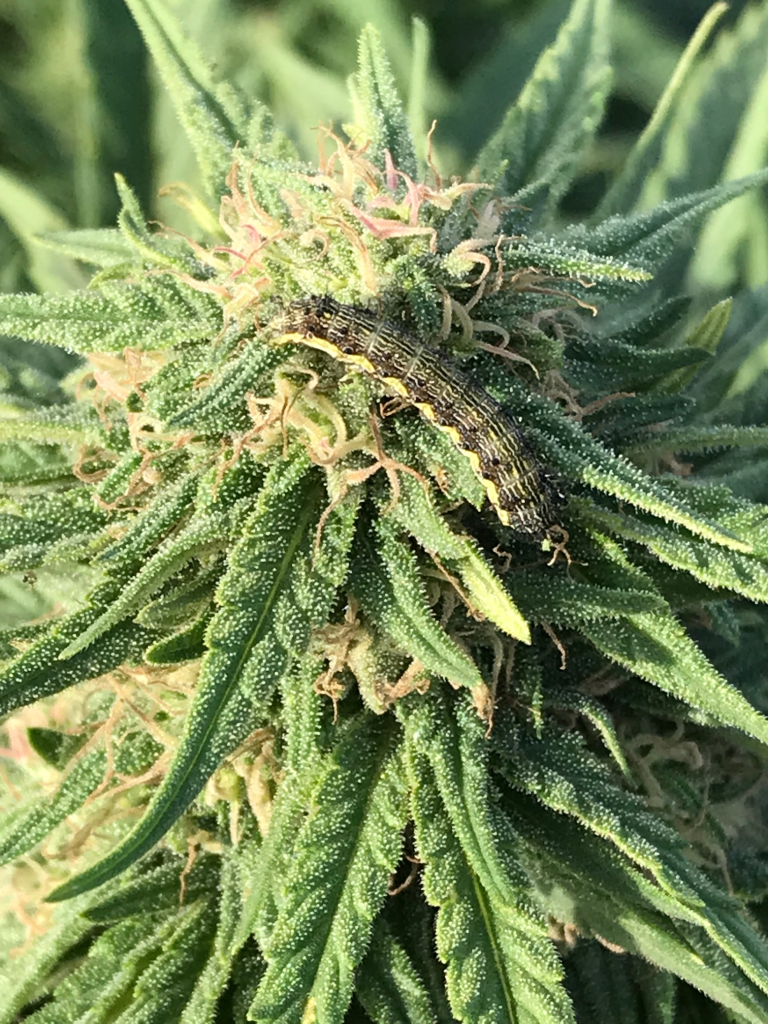
Aphids: Aphids make a sticky mess on plants. Ants farm aphids for the white juice they secret, and this aphid “milk” tends to create mold. Spraying organic pesticides kills the aphids, but their dead bodies also create mold. Instead of trying to remove infested plants—a likely way to drop aphids that will then attack other plants—Knox suggests using a plumber’s torch turned on low, or a weed torch to burn aphid-infested plants to ashes in place.
Leafhoppers: Leafhoppers tend to attack plants during hot, dry weather when they are thirsty. They suck plant sap, leaving white spots on leaves. Damage generally appears in clusters. The white spots turn brown with time. Severe infestations can make leaves yellow and die. Control with Spinosadâ, an organically certified, natural substance made from soil microbes, can be effective for leafhoppers, thrips, leafminers, spider mites and ants. It works by disrupting the nervous system. Spinosadâ is most effective at treating the larval stage of insects. Use with caution. For the first three hours after spraying, the bacterium can also harm honey bees. After the product dries, it is then safe for pollinators.
Thrips: Thrips are so tiny they can’t be seen by most human eyes unless they are in a cluster. Often found on the underside of leaves, thrips pierce surface cells of leaves and suck out the cell contents. They leave behind a stippling injury. Low population levels don’t cause a problem in hemp crops, but high populations can cause extensive leaf distortion and damage. Thrips often pose a problem for crops grown indoors.
Rondon said when hemp is grown in an area with other surrounding agriculture crops, thrips are more likely to move in.
Water stressed plants attract thrips, so in places like Central California and Eastern Oregon, thrips can become a real problem.
“Any location that is hot and dry thrips really thrive,” said Rondon. “The most common ones have a large territory. They reproduce fast so numbers can be high pretty soon.”
Good irrigation practices are the best way to make your hemp crop less attractive to the tiny pests, according to Rondon.
Biological control includes the minute pirate bug, which is a generalist predator. Thrips are one of the minute pirate bug’s favorite meals. The small, oval, black-and-white patterned pirate bug is commercially available for release.
Mites: Like aphids and thrips, mites are a piercing, sucking pest. And like thrips, they are so tiny it takes a microscope to see them well. Minor mite populations pose little risk to hemp crops and likely won’t even be noticed. Unlike spider mites, hemp russet mites leave no webbing. High populations of hemp russet mites cause leaves to lose color, appearing dull with a grayish or bronze tint (russeting). Foliage may become brittle and buds may show damage. Mites generally start feeding on the bottom leaves and work their way up to the top of the plant.
Growers can fight mites with mites. Predatory mites that attack and eat plant-sucking mites can be purchased commercially.
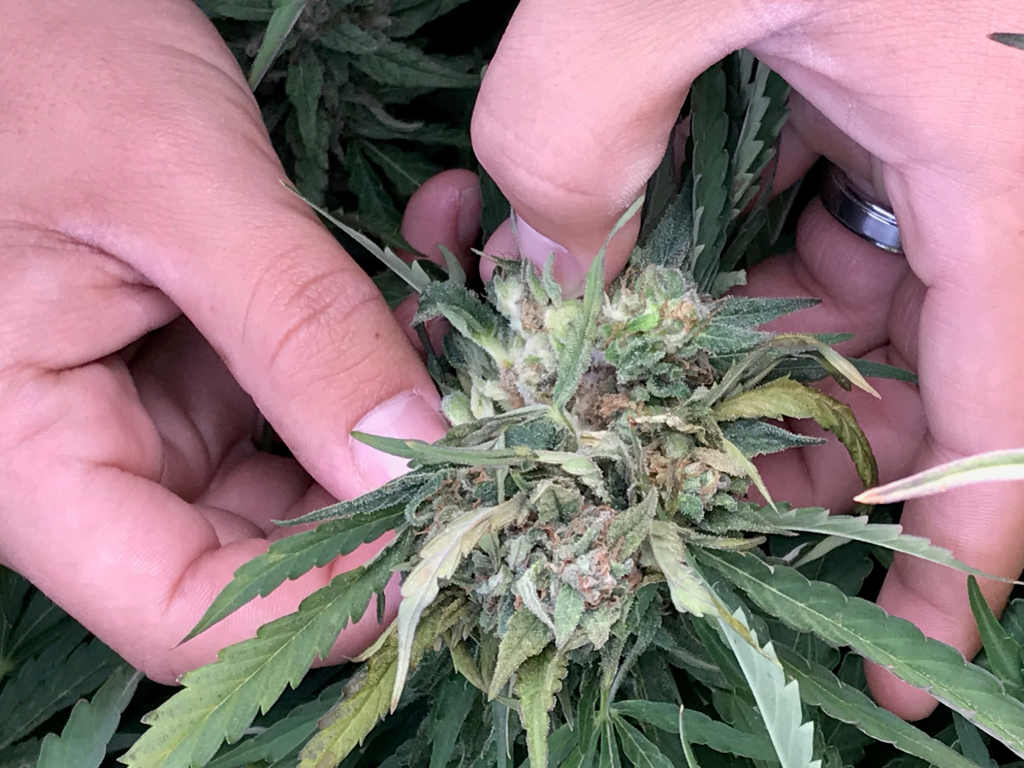
Mold
In 2019, mold and the ensuing bud rot was brutal for hemp growers, according to Knox. “Mold was a real thing last year. Not just for Oregon, but across the country.”
Oregon hemp, in particular, was hard hit with mold. The Willamette Valley had few really sunny days in the summer, but many partly cloudy, somewhat hazy days compared to previous years in recent history. Then the rains came, followed by freezing temperatures. Other regions of the country were drought-stricken, which created extreme insect issues. It all added up to a very challenging year for Pacific Northwest hemp growers.
Because of mold issues, “Early rain in September was the beginning of the end” for many Oregon hemp growers’ crops, Knox said.
Buying mold-resistant plants and seeds are the best bet against mold issues. Crop rotation may help. Cleaning fields of plant stubble after harvest is also good sanitation practice.
When powdery mildew is noticed, prune infected plants. Quarantine or discard severely infected plants.
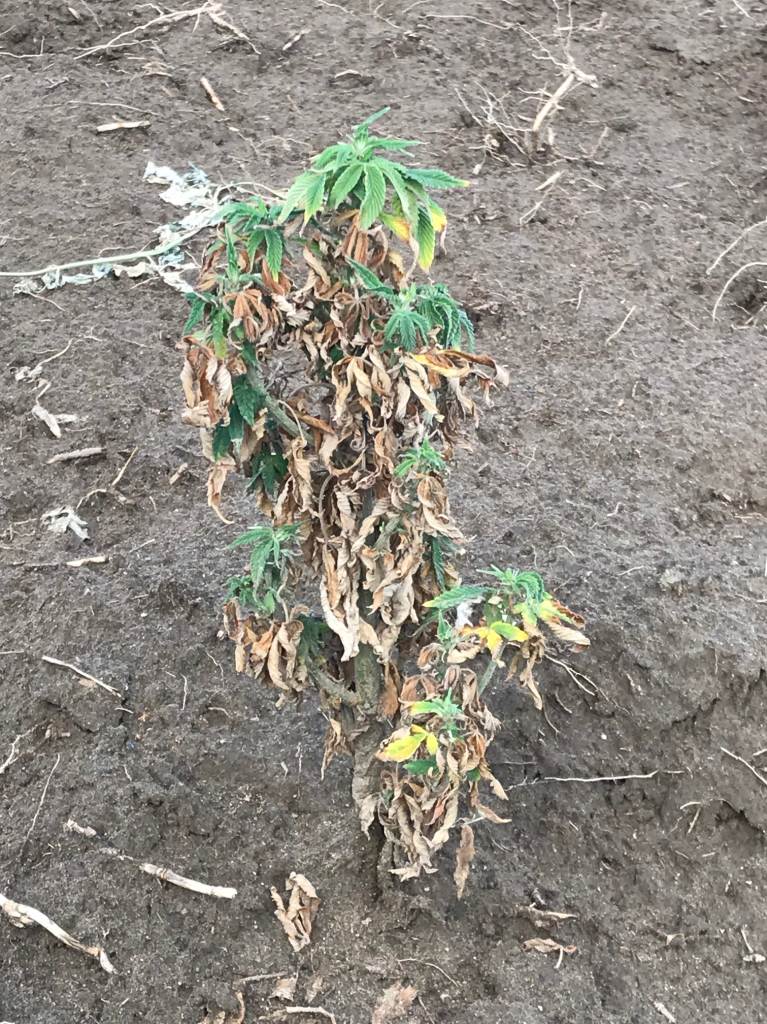
Cross-Pollination Problems
One of the most troubling issues facing hemp growers today is cross-pollination. In 2016, the cross-pollination issue was disastrous for hemp growers.
“Some were so disheartened from it that they got out of the industry,” Knox said.
In the last two years, Knox has watched the growing despair of his customers over the spread of pollen from other growers’ fields.
When pollen blows in from plants not grown from feminized seed, it makes outdoor-grown hemp plants set seed. This drastically lowers the plants’ production value. When an annual plant sets seed, it uses up a tremendous amount of energy to create that seed—energy it could be putting into growth, flowering and chemical production. When a hemp plant seeds out, two-thirds of the chemicals (CBD and others) are taken away from the plant, Knox said. A seeded-out crop is not something that any hemp grower wants.
Knox encourages experienced hemp growers to be promoters for feminized seed and plants and help educate others.
“If you don’t know what you’re doing, you may be affecting other growers. Maybe catastrophically,” Knox said.
Growers can’t control the wind or the humidity. When the weather is hot and dry, that’s when pollen drops. Any prevailing wind can carry the pollen for miles.
“No one really knows how far the pollen can travel,” Knox said.
Hemp plants create a lot of pollen for bees to eat, important in helping boost the declining pollinator numbers. But if growers allow male plants to flower, bees can also carry that pollen into other growers’ neighboring fields.
Although Knox doesn’t necessarily consider himself an advocate for growing under cover, he says that’s the best way to guard against pollen contamination. In the case of KLR Farms seed crops, all are grown indoors, under lights, in sealed facilities to guard against cross-pollination.
